Order Carnivora
1/43
There's no tags or description
Looks like no tags are added yet.
Name | Mastery | Learn | Test | Matching | Spaced |
|---|
No study sessions yet.
44 Terms
Which carnivore families have an alisphenoid canal?
Family Canidae
Family Ursidae
Family Otariidae
Which carnivore families do NOT have an alisphenoid canal?
Family Mustelidae
Family Mephitidae
Family Procyonidae
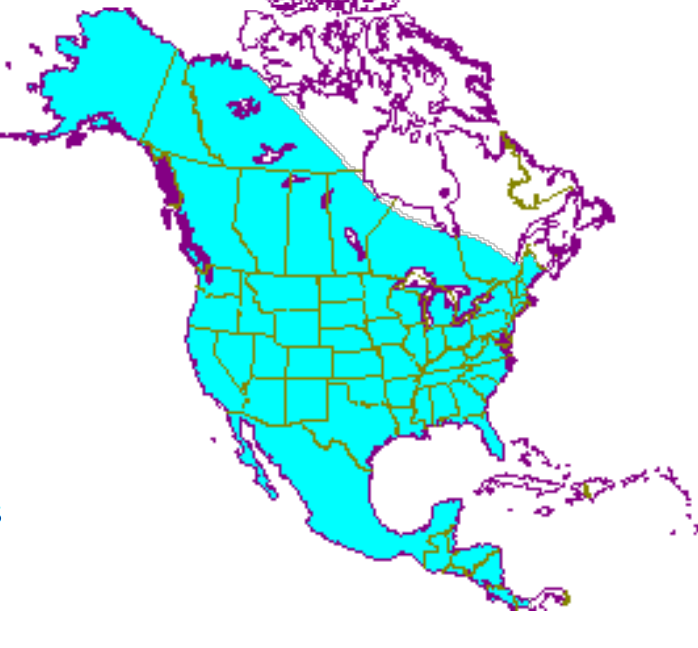
Which species fits the following habitat and management concerns?
Habitat: Wide distribution, habitat generalists
Management issues: Prey on agricultural pests; may carry rabies; threat to poultry, livestock, crops; compete with hunters for deer, rabbits, and several other game species
Canis latrans - coyote
Which species fits the following habitat and management concerns?
Habitat: Northern conifer forests and tundra. Once occurred widely across NA in a variety of habitats
Management issues: Important top predators; cultural icons, symbolizing the spirit of wildness; ecotourism; sometimes kill livestock; threatened; reintroduced to Yellowstone and central Idaho under ESA
Canis lupus - Gray wolf
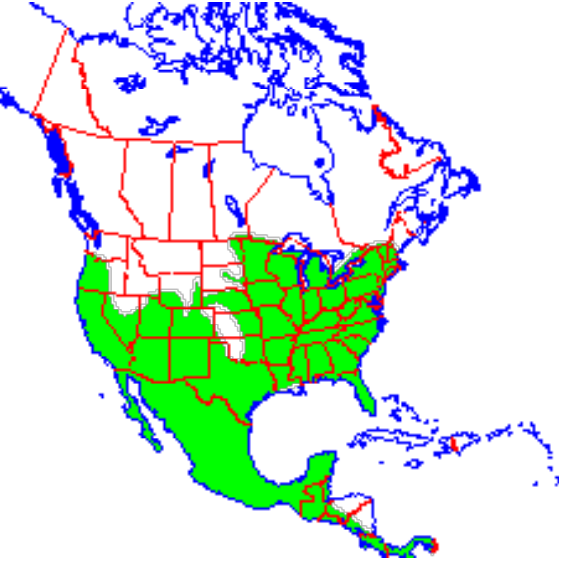
Which species fits the following habitat and management concerns?
Habitat: Deciduous woodland communities - expansive eastern hardwood forests to western brushy riparian communities.
Management issues: Sport hunting (no fur trade); may help control rodent pests; occasionally kill poultry or game birds; may carry rabies
Urocyon cinereoargenteus
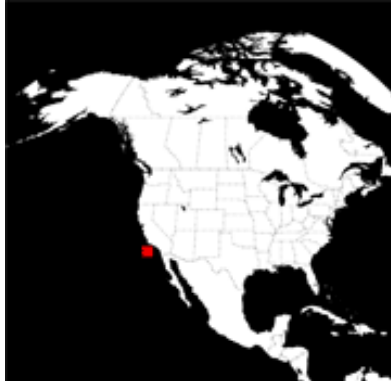
Which species fits the following habitat and management concerns?
Habitat: Found in all habitat types of the channel islands - valley and foothill grasslands, coastal sage/scrub, coastal bluff, sand dunes, island chaparral, southern coastal oak woodland, island woodland, southern riparian woodland, pine forests, and coastal marshes
Management issues: Endemic species; historically hunted; kept as pets; classified as “near threatened” by IUCN and Threatened in CA
Urocyon littoralis - Island gray fox
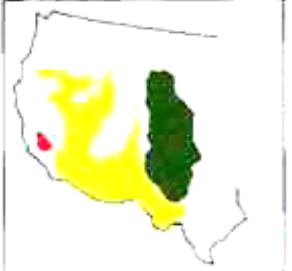
Which 2 species fit the following habitat and management concerns?
Habitat: Shrub-steppe, arid, and semiarid desert habitats of the Southwest US; ground cover often <20%
Management issues: Fur bearer (not in CA); potential to help control rodent + other pest spp. in ag or urban areas. San Joaquin ssp. endangered
Vulpes macrotis - kit fox - yellow
Vulpes velox - swift fox - green
San Joaquin kit fox - red
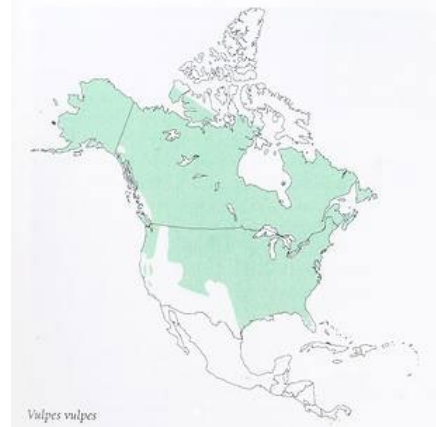
Which species fits the following habitat and management concerns?
Habitat: Wide distribution - except SW US, most widely distributed carnivore in the world; prefer diverse vegetation; in CA, occur in the Sierra Nevada Mountains
Management issues: Fur bearers; sport hunting, carry rabies; non-native compete w/ native species; prey on threatened/endangered birds
Vulpes vulpes - red fox
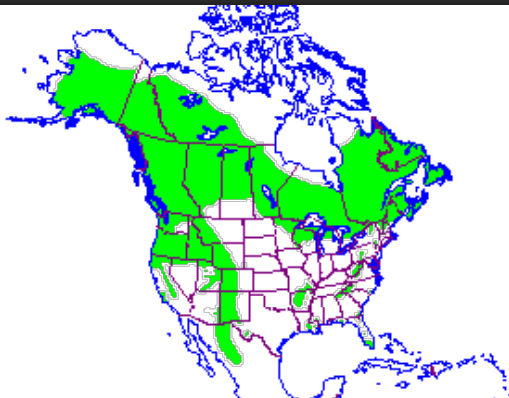
Which species fits the following habitat and management concerns?
Habitat: Generalists, variety of forest types including: bayous of the SE, high elevation mountains, northern conifer forests, eastern hardwood forests, and coastal mountains of the West
Management issues: Hunted for hides, meat, and exports; est. 30,000 harvested annually in NA; kill livestock, damage cornfields, berry and honey production; problems around camps/cabins; <36 human deaths in the 20th century
Ursus americanus - american black bear
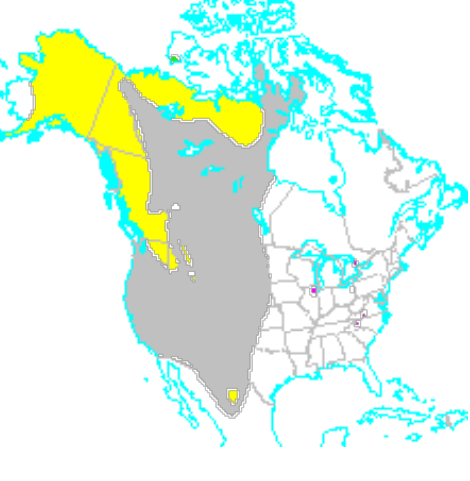
Which species fits the following habitat and management concerns?
Habitat: Once widespread over western NA, now limited to Alaska, W. Canada, and the Upper Rockies; Habitats vary from valley grasslands, prairies, conifer forests, alpine tundra, and Arctic tundra; prefer more open habitats
Management issues: big game; top predator; kill livestock; unpredictable, dangerous; threatened in continental US due to overhunting and habitat loss; hybridization w/ polar bears
Ursus arctos - brown bear
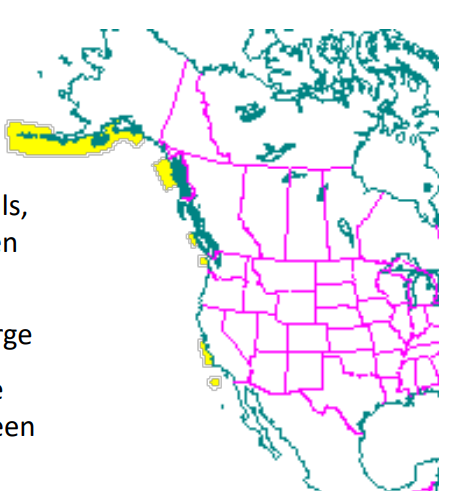
Which species fits the following habitat and management concerns?
Habitat: Marine mammal in near shore, kelp forests of the pacific coast from Alaska to CA; typically over rocky or soft sediment ocean bottoms less than 1km from shore
Management issues: Major furbearers from mid 1700s to 1911, pelts as much as $1,125 each; competition w/ commercial fisheries for shellfish and crab; southern subspecies not rebounded well; In Ca, exposure to pathogens - Toxoplasma gondii - spread by domestic cats and opossums implicated in pop. declines, as well as shipping, energy development, and Naval activity
Enhydra lutris - sea otter
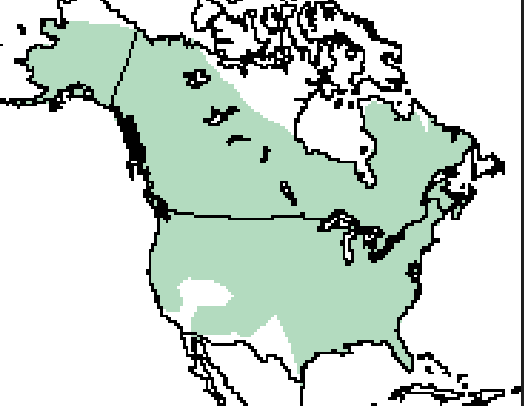
Which species fits the following habitat and management concerns?
Habitat: Rivers and sloughs; sometimes found in marine environments near river mouths; widespread except in deserts of the SW
Management issues: Important furbearers; may compete for game fish; locally eliminated over much of previous range but more recent restoration fairly successful
Lontra candensis - river otter
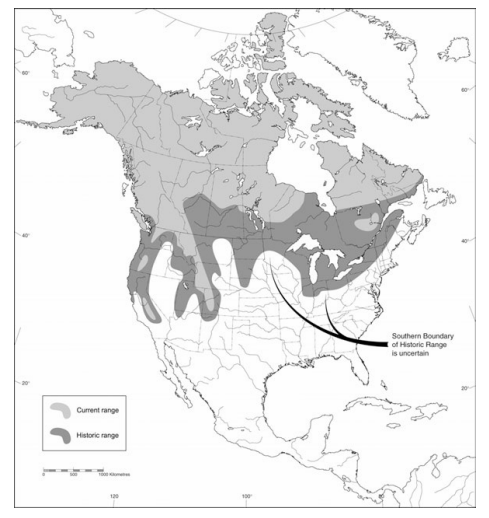
Which species fits the following habitat and management concerns?
Habitat: High, remote boreal forests and open plains of mountainous areas to arctic coastal tundra; solitary wanderers
Management issues: Furbearer- esp valued as lining for the hoods of parkas b/c of its frost resistant properties; raids trap lines, cabins, etc; threatened; talk of reintroduction into CA
Gulo gulo - wolverine
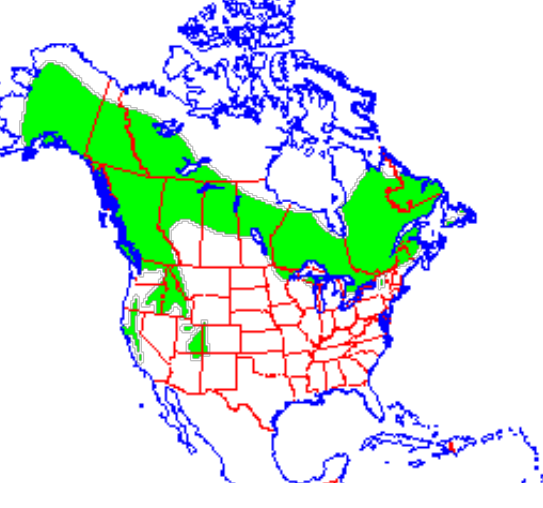
Which species fits the following habitat and management concerns?
Habitat: Conifer forests, structurally complex habitats; higher elevations (than fisher)
Management issues: Important furbearer; will nest in houses, may compete for small game in dense populations
Martes americana/caurina - Marten/Pacific marten
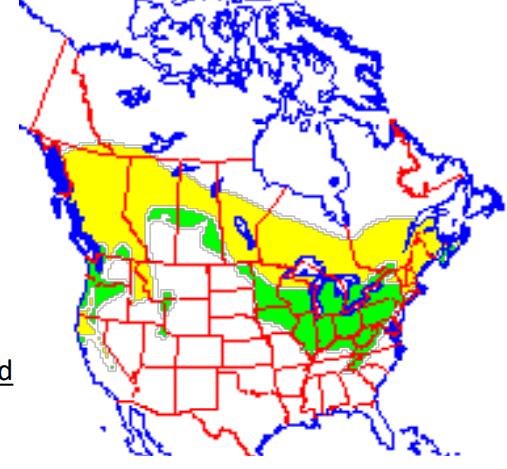
Which species fits the following habitat and management concerns?
Habitat: Structurally complex boreal forests with high canopy closure; generally lower elevations
Management issues: Important historical furbearer; can effectively control porcupine pops; species of special concern in CA with 3 failed petitions for listing as threatened
Pekania pennanti - Fisher
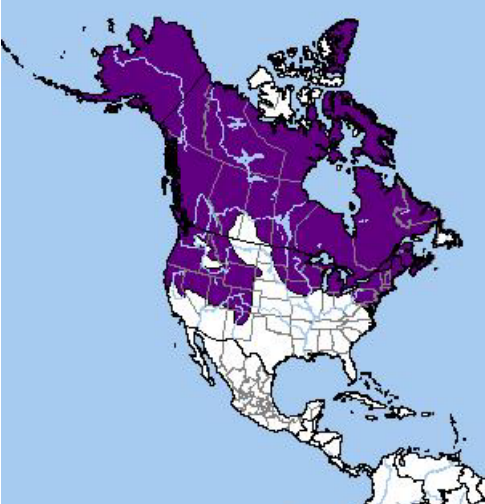
Which species fits the following habitat and management concerns?
Habitat: Variable habitat - forests, open woodlands, grasslands, wetlands, and agricultural fields
Management issues: Important furbearer; may help keep some rodent populations under control
Mustela richardsonii - short-tailed weasel
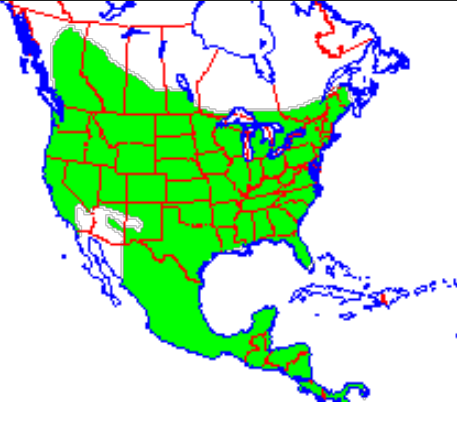
Which species fits the following habitat and management concerns?
Habitat: Brushlands and open timber, brushy and grassy field edges, grasslands along creeks and lakes, swamps, and cattail marshes; Canada through Central America
Management issues: Occasionally raid hen houses; relatively unimportant furbearer
Neogale frenata - long-tailed weasel
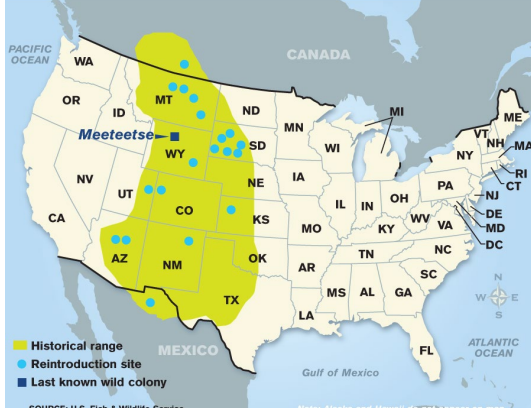
Which species fits the following habitat and management concerns?
Habitat: Historically - shortgrass prairie, mixed grass prairie, desert grassland, shrub steppe, sagebrush steppe, mountain grassland, and semi-arid grassland
Management issues: Eradication of prey species, loss of habitat, and disease brought species to brink of extinction; captive breeding programs and reintroductions have led to small recovery; disease still large threat
Mustela nigripes - black-footed ferret
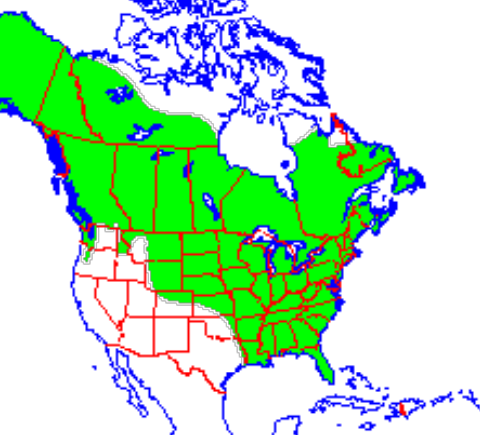
Which species fits the following habitat and management concerns?
Habitat: Forested or brushy areas adjacent to banks of lakes, marshes, and rivers
Management issues: One of the most important furbearers; breeding ranches; possible competition w humans for water fowl or small game species; appear sensitive to pollution
Neogale vison - American mink
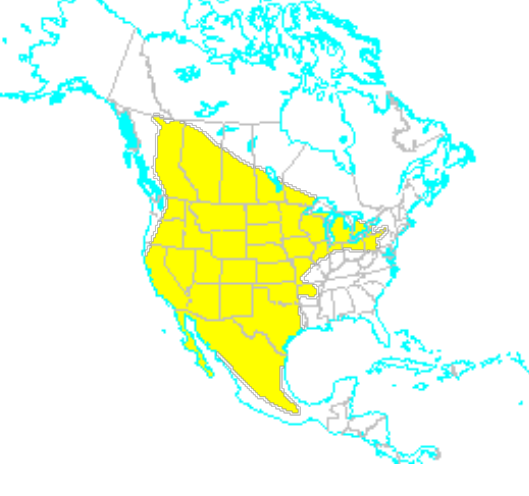
Which species fits the following habitat and management concerns?
Habitat: Generalists; alpine meadows, remote pastures, drained marshes, low elevation grassy meadows, and deserts; in the western ½ of the US; primarily dry, open habitats
Management issues: Prey on rodent pests that may carry disease or damage crops; burrows provide cover for small game mammals; furbearer; burrows present a hazard to livestock
Taxidea taxus - American badger
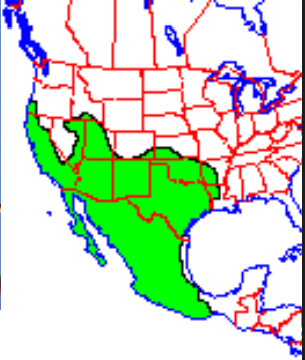
Which species fits the following habitat and management concerns?
Habitat: Variable; most common in rocky areas with boulders, talus slopes, rock piles; kess common in wooded areas (but fairly common locally in forests of tanoak, madrone, and doug fir)
Management issues: few mgmt issues; may help control rodent populations where they are common, special protection in CA
Bassariscus astutus - ringtail
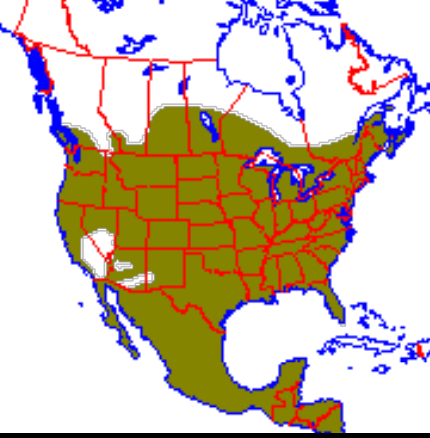
Which species fits the following habitat and management concerns?
Habitat: Generalists wherever there is water; widely distributed from southern Canada through Central America; adapts easily to human disturbance and presence
Management issues: Furbearers; damage crops and kill poultry; reservoirs of rabies in some areas
Procyon lotor - raccoon
Which species fits the following habitat and management concerns?
Habitat: widespread through forests and fields from central Canada through northern Mexico (except dry deserts of central Nevada to south Baja); always within a couple miles of water; adapt easily to suburban/agricultural environments
Management issues: Prey on insect and rodent pests that damage crops etc.; historical furbearer; rarely damage crops and raid poultry; reservoirs of rabies; burrows may cause some damage; stinky!
Mephitis mephitis - striped skunk
Which species fits the following habitat and management concerns?
Habitat: Mixed woodlands, farmlands, and grassland areas; inhabit rocky areas, especially rock bluffs and brushy canyon riparian forests
Management issues: Historical furbearer- otherwise, rarity and habitat preference make for few problems; sub species endemic to channel islands and CDFW special concern
Spilogale gracilis - spotted skunk
Which species fits the following habitat and management concerns?
Habitat: everywhere; peridomestic; highly adaptable; feral in most areas near human habituation
Management issues: Non-native, efficient, fecund, mid-sized predators; especially destructive on islands where prey have not adapted and where there are inadequate refuges; favored as pets - people feel strongly about control programs
Felis catus - domestic cat
Which species fits the following habitat and management concerns?
Habitat: Generalists; widespread from southern Canada through central Mexico - except southern great lakes region and central valley of CA
Management issues: Extensively hunted and trapped for fur in the past; occasionally prey on small domestic animals, rarely present a direct threat to humans
Lynx rufus - bobcat
Which species fits the following habitat and management concerns?
Habitat: Northern boreal forests of Alaska, Canada, and the Northern continental US; typically mature forests
Management issues: Historically important furbearer; may help control populations of small mammals (snowshoe hares, voles) that are ag pests; threated; have a couple of well publicized reintroduction programs
Lynx canadensis - lynx
Which species fits the following habitat and management concerns?
Habitat: Desert scrub, chaparral, swamps, and forests; generalists that need vegetative cover of some sort; western half of NA from mid latitudes of western Canada through the tropics to near the tip of SA
Management issues: Big game hunted for sport; depredate on domestic stock and also considered potential dander to people; populations appear to be increasing in the west; Florida subspecies endangered
Puma concolor - mountain lion
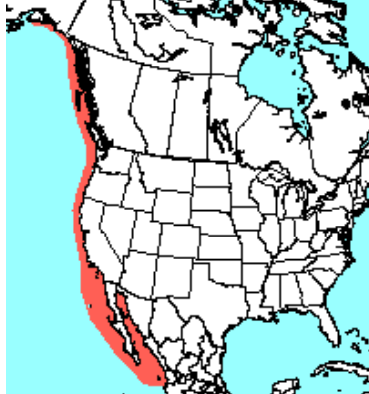
Which species fits the following habitat and management concerns?
Habitat: Generally live along coastlines, have been found in rivers along the pacific north coast; often congregate on man made structures (jetties, piers, offshore buoys, oil platforms)
Management issues: Used to be hunted for hides and food; used by US Navy for retrieval programs and search and rescue; widely used in educational programs due to agility and trainability; ecotourism; research and education; thought by some to seriously reduce stocks of commercially valuable fish (i.e. salmon)
Zalophus californianus - California sea lion
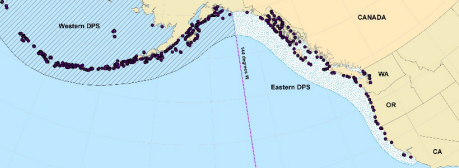
Which species fits the following habitat and management concerns?
Habitat: Found in the cold waters of the Pacific ocean on rookeries and near haul outs
Management issues: Endangered throughout much of their range; historically hunted for meat, fur, and oil - decreased populations; incidental population destruction from fishing nets, ship strikes, pollutants, and disease; thought to deplete fish stocks and eat fish out of hatcheries
Eumetopias jubatus - Steller sea lion
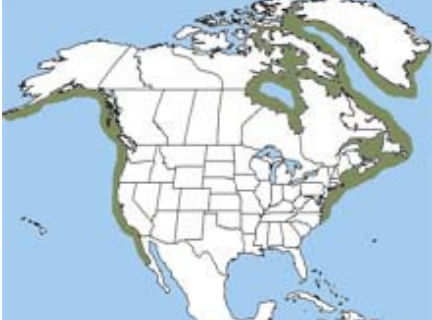
Which species fits the following habitat and management concerns?
Habitat: Populate the shallow waters of coastal areas, bays, rocky islets, estuaries, and even freshwater lakes; typically seen near piers and beaches, as well as on intercoastal islands; more common in colder marine waters that lack annual sea ice coverage
Management issues: Hunted for their blubber, meat, fur and skin; ecotourism; interfere with some commercial and local fisheries
Phoca vitulina - harbor seal
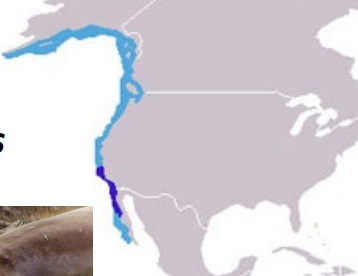
Which species fits the following habitat and management concerns?
Habitat: reside terrestrially on the sandy, rocky, or muddy coastline, particularly on offshore islands; spend only 10% of their life on land, during reproduction and molting
Management issues: Huge attraction for tourists; once hunted for blubber to use as oil; only known animal capable of filling collapsed lungs - research; also researched to the effect of weightlessness on bone density; NASA used this research in efforts to counteract effect of weithlessness on bone density in astronauta
Mirounga angustirostris - Northern elephant seal
Which species fits the following habitat and management concerns?
Habitat:
Management issues:
Which species fits the following habitat and management concerns?
Habitat:
Management issues:
Which species fits the following habitat and management concerns?
Habitat:
Management issues:
Which species fits the following habitat and management concerns?
Habitat:
Management issues:
Which species fits the following habitat and management concerns?
Habitat:
Management issues:
Which species fits the following habitat and management concerns?
Habitat:
Management issues: